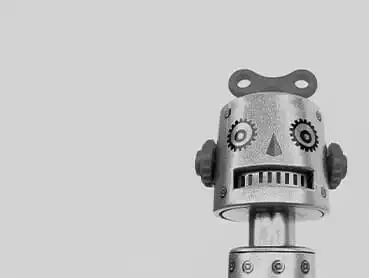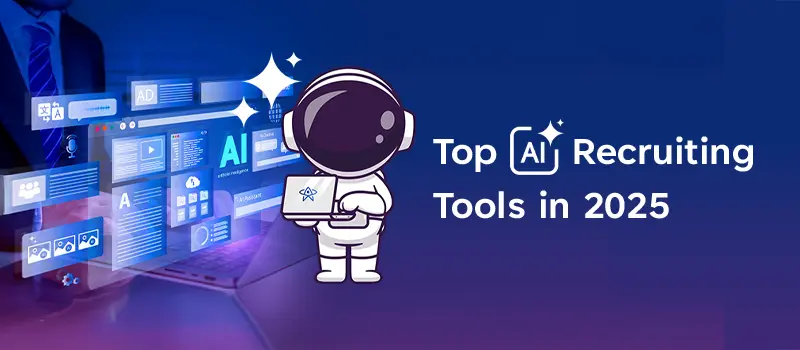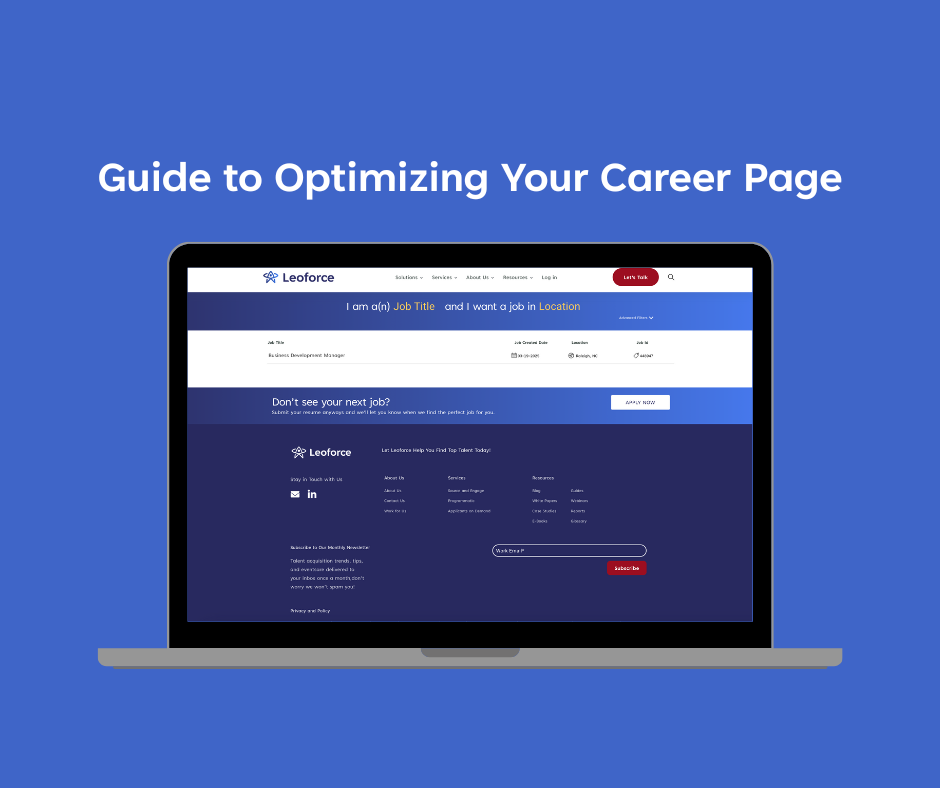Flexible Staffing vs Permanent Hiring: Differences that Help Decide The Right One

In the wake of the recent tech layoffs, other industries experiencing its ripples or recruiters taking note from a distance are again facing the dilemma of: Flexible staffing or permanent hiring — Which is better?
Flexible staffing as a second thought to permanent hiring essentially made a comeback after the stir caused by the covid-19 on the employment market. Especially noting the unprecedented rise of the contingent workforce noted by McKinsey & Co. study[1]: “a remarkable 36 percent of employed respondents… identify as independent workers….[while] in 2016 [the rate stood] at 27% of the employed population.”
Whether a true work culture shift or a fleeting fad, if you are to lean onto flexible staffing solutions to meet your human resource needs, it’s imperative to understand its pros and cons. You should also understand how exactly it compares with permanent hiring solutions to make an informed decision. These are what we discuss in this blog. In addition, we’ll also introduce you to the factors that can help you decide between the two hiring solutions and how to make the most of flexible staffing options (if you prefer it). In the end, we’ll see how an AI recruitment tool can assist you in your choice of staffing solution, whether flexible or permanent.
To start with, let’s get the fundamentals of flexible staffing and permanent hiring.
What is Flexible Staffing?
Flexible staffing means any professional arrangement where an individual or company hires worker(s) for a defined time period to complete a set of tasks. It is typically meant to help with seasonal, sudden, or additional work requirements. It may also be for replacing employees on leave.
Flexible staffing majorly accounts for the contingent workforce of an organization. Contingent workers are not on a company’s payroll; separate compliance laws govern them. There are various flexible staffing options, including temporary, leased and contract. We’ll look at these later.
What is Permanent Hiring?
Permanent hiring refers to the process of recruiting and hiring employees to fill roles that are critical to a company’s operations and require long-term ongoing support. The employees are typically hired to work full-time and are offered a permanent employment contract that outlines their compensation, benefits, and job responsibilities.
In contrast to a flexible hire, all permanent hires are eligible for the same benefits and opportunities, such as health insurance, retirement plans, and opportunities for professional development. But it takes a significant investment in their hiring, training, and retainment. Such are the factors that bring up the question of flexible staffing vs permanent staffing.
Flexible Staffing vs Permanent Staffing
The difference between the two staffing methodologies can be looked at from various perspectives:
| Flexible Staffing | Permanent Staffing | |
| Contract Length | Short-term | Long-term |
| Employee Benefits | Limited or none | Full range of benefits available |
| Recruitment time | Quick | Longer |
Further, how each can work to a recruiter’s advantage or disadvantage should be broken down to paint a complete picture.
Advantages of Flexible Staffing
- Allows for quick and easy hiring of qualified (temporary) candidates without the need for extensive onboarding and recruitment processes.
- Companies can easily scale their workforce up or down without any employment risks or extra remuneration as these are borne by the temporary placement agencies.
- Access to top-tier talent is improved with lower costs, especially for difficult or specialized roles.
- Can save employment costs as it does not require additional benefits or overtime pay.
Disadvantages of Flexible Staffing
- Have to expend time and resources in proper training of the contingent workforce to bring them to speed about the project, standards and workflows.
- Requires a solid policy for data security in order to prevent any leaks or breaches of confidential information.
- Communication and collaboration can be a challenge as the contingent workforce is generally not closely integrated into the company culture.
- The quality of work may vary as temporary talents do not have the same level of commitment or investment in the success of the company as permanent employees.
Advantages of Permanent Hiring
- Dedicated workforce across divisions for organized execution of tasks.
- Easier to implement company culture and expectations across the board.
- Opportunities of continued alliance of the top talents in an industry or geography.
- Higher productivity due to secure job, remuneration, and career growth.
Disadvantages of Permanent Hiring
- Long time required for hiring, onboarding and training at different seniority levels.
- Cost of hiring a bad employee or those who are not culture fit can be significant.
- Hard to scale up or trim down the workforce for specific projects or quick needs.
- For lack of employee engagement, permanent employees may become complacent, form union, or create leave in-between critical projects.
Having defined and differentiated the two staffing solutions – flexible staffing and permanent hiring – next we see how to choose the one that fits your needs and maximizes your resources.
Factors to help choose your staffing method
While both the staffing methods will get the job done, you should consider the following factors to decide between flexible staffing and permanent hiring:
Workplace requirements
Consider the specific needs of the project or role, including the required skill set, experience, and time commitment.
Long-term vision
Evaluate the company’s long-term goals and strategy to determine whether a permanent or flexible staffing model would better support the organization’s growth and development.
Budget and timeframe
Weigh the cost of hire and any constraints associated with each staffing method, including the cost of benefits and training, and the time required for recruitment and onboarding.
Company culture
Assess how the company culture aligns with the values and expectations of potential employees and whether permanent or flexible staffing would be more conducive.
Availability of workforce
The access to skilled workers in the job market and the level of competition for top talent should also be considered to determine which staffing method would provide economical value.
Role of AI recruitment tools in staffing
Whether you are a corporate recruiter or a staffing agency and whether you choose flexible staffing or permanent hiring, there are manual repetitive tasks that all executives dread. But not doing the due diligence could mean the difference between a bad hire and a successful one. This is where an AI recruitment tool can assist in your choice of staffing solution by analyzing and providing insights into candidate data at speed and scale. And not just that, AI hiring tools like Leoforce by Leoforce are designed keeping a recruiter’s intuition in mind that gives calculated suggestions in decisions of candidate selection, diversity hiring, culture fit, and more.
Moreover, AI recruiting tools can integrate with your ATS to supercharge the process of tapping your talent pool for permanent or flexible staffing. To see how it can help your business, take a demo today!
FAQs
What does flexible staffing mean?
Flexible staffing means hiring employees on a temporary or part-time basis, based on changing business needs.
What is an example of flexible staffing?
An example of flexible staffing is hiring seasonal workers for a busy holiday season.
What do you mean by contingent workforce?
A contingent workforce refers to temporary or part-time employees who are hired based on specific projects or tasks.
What does permanent mean in a job?
Permanent in a job refers to a long-term, full-time position with job security and benefits.
What is an example of a permanent employee?
An example of a permanent employee is a full-time, salaried worker with benefits, such as health insurance and a retirement plan.
Resources
[1] https://www.mckinsey.com/featured-insights/sustainable-inclusive-growth/future-of-america/freelance-side-hustles-and-gigs-many-more-americans-have-become-independent-workers





